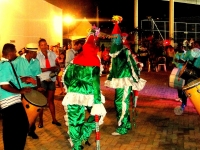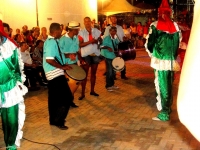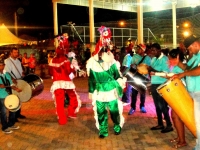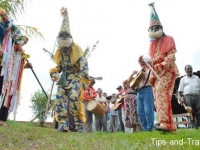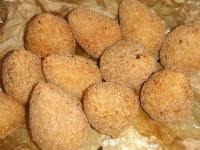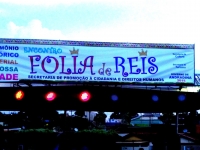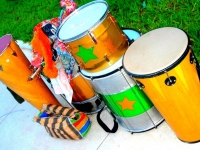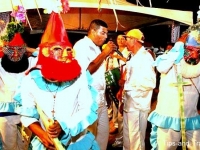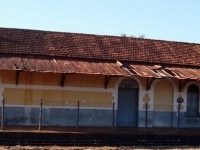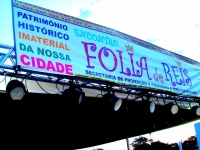For a long time, the samba’s roots have remained highly rural, it was called ‘samba de roda’, ‘ samba de bumbo’, ‘samba de lenço’ or even ‘samba rural’, according to the intellectuals who have studied it in the 1930s. People just called it ‘batuque’. At the beginning, in the said province of São Paulo, it was structured and strengthened in large farms where blacks were taken as slaves to plant first sugarcane and then in increasingly large number, to develop the profitable cultivation of coffee. There it was danced in the districts of slaves and on the terraces, to the sound of the large ‘bumboes’ dug out on fire of trunks of huge trees. Samba has begun to win urban territory taking its place in the cities of the interior of São Paulo, in secular religious celebrations. It was this samba of rural origin (which flourished in many inland cities like in one of them, President Epitácio) and the samba wins therefore a characteristic of integration because the characters through music and dance, these new Brazilian, also poor and immigrants, found their place in the economic field, but also in the cultural space and leisure of the cities that were growing. Today, the current tourist town of President Epitácio is on the border of the State of São Paulo, with Mato Grosso do Sul, one of the best destinations to enjoy the ‘ Folia de rua’ (street madness). The Carnival of the city is considered to be one of the top events in the State of São Paulo.
Tips
Staying in the West of the state, the municipality offers a pleasant and conducive climate to enjoy the Carnival.
It is advisable to make the reservation for your stay there for being sure you’ll have your place for the event.

